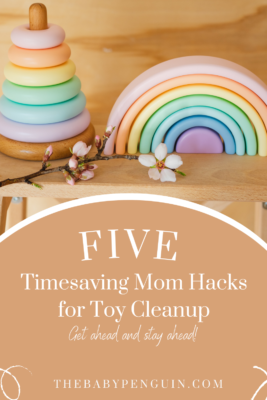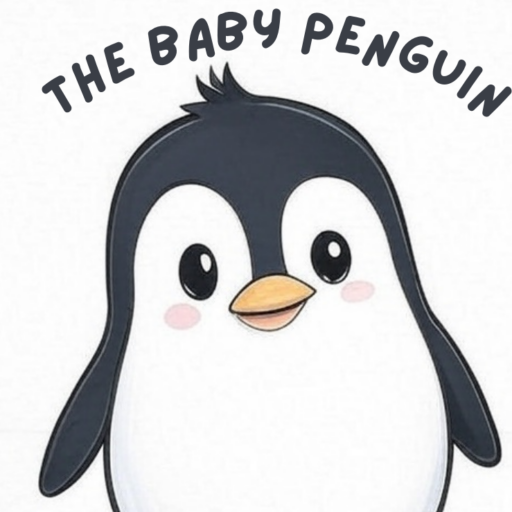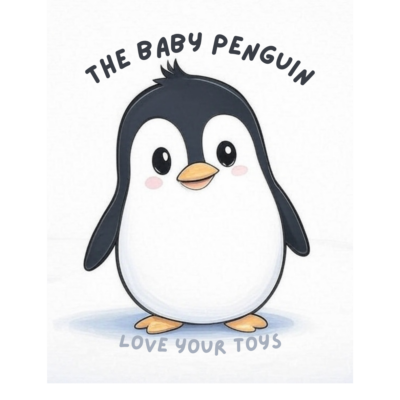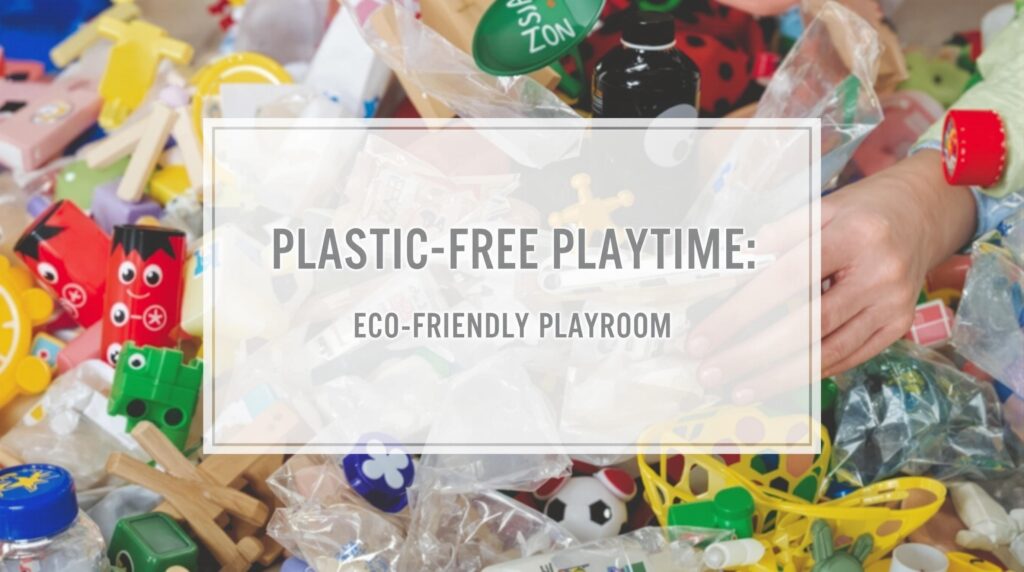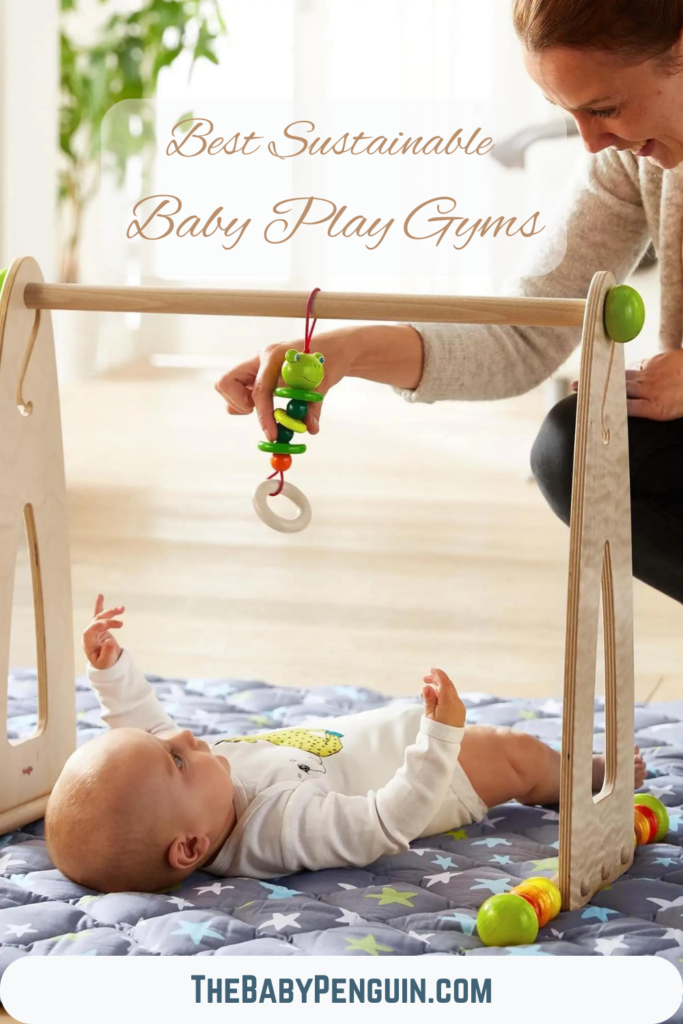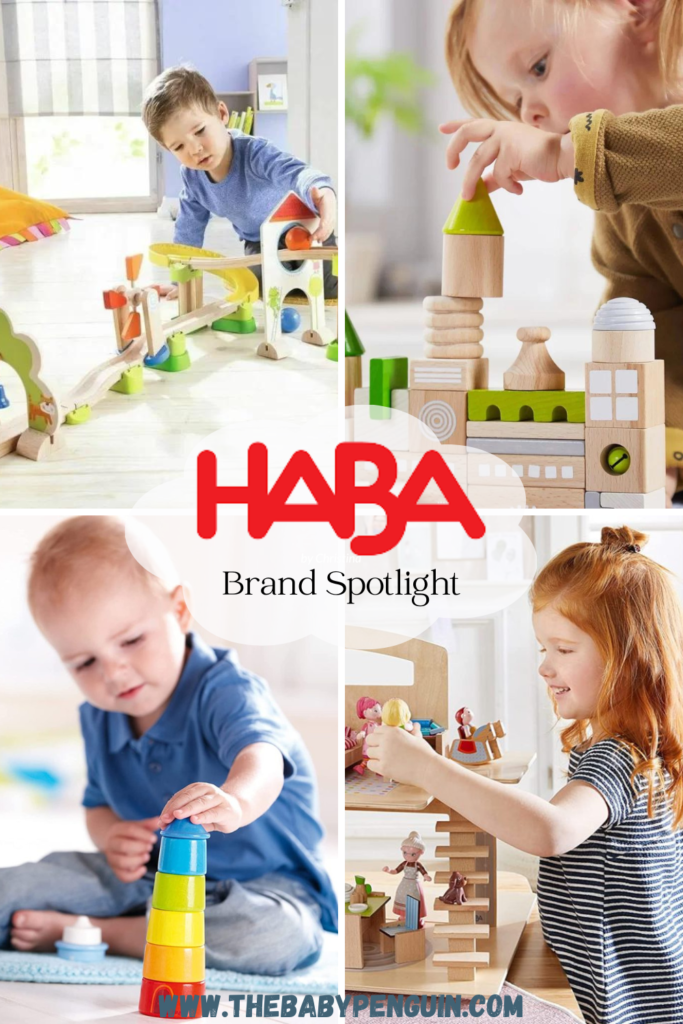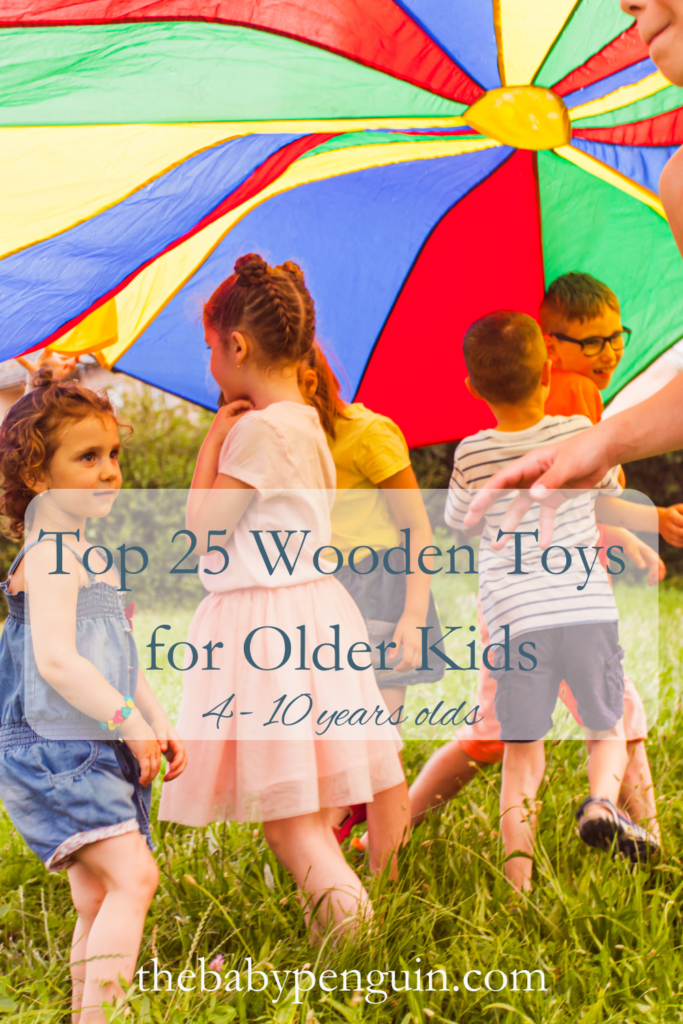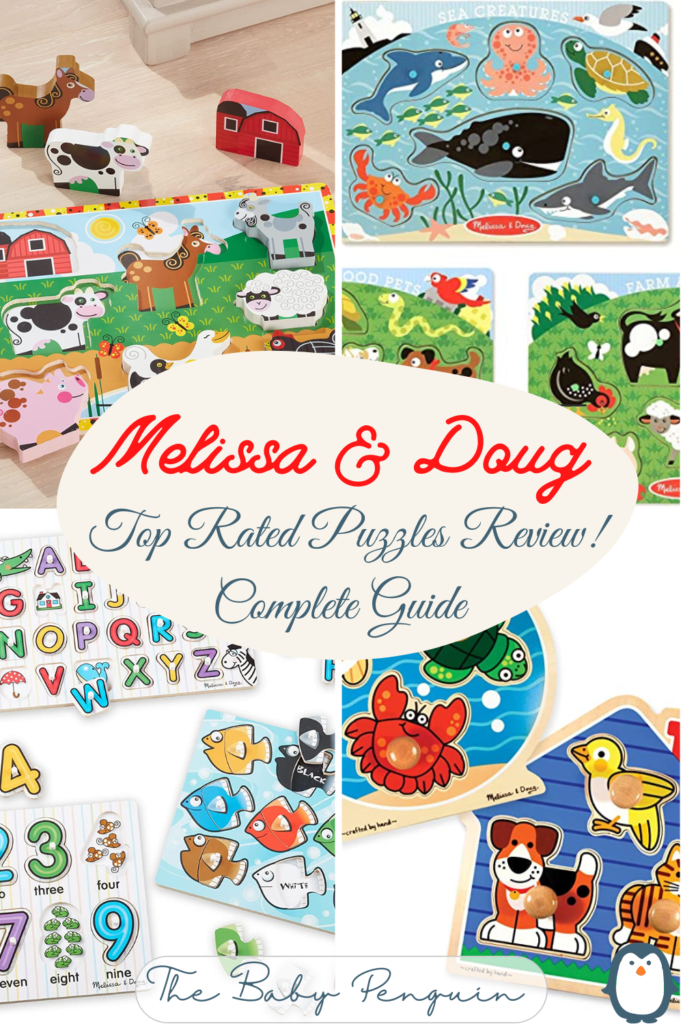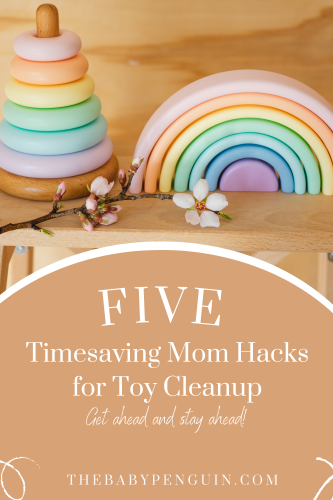Table of Contents
Toggle5 Mom Timesaving Toy Hacks for Cleanup | Get Ahead!
What are five-time hacks for cleaning up the toys?
Sometimes even making small changes to a clean-up routine or trying something new and fresh can help you become more efficient with your time. I’ve listed five hacks that are worth trying to reduce the time that it takes to clean up the toys. Some of these hacks are quick to add to your existing routine and a couple of them take a bit of time to set up. However, in the long run, you will see the benefit of quicker clean-ups and time saved! What are the top 5 mom timesaving toy hacks for cleanup? Listed below I will tell you how to first limit the toys available for play and secondly, rethink the “big playroom.” Thirdly, I will cover “making a home” for every toy. Lastly, we look at quick tips for setting a timer and making a rewards jar to get kids involved in the cleanup.
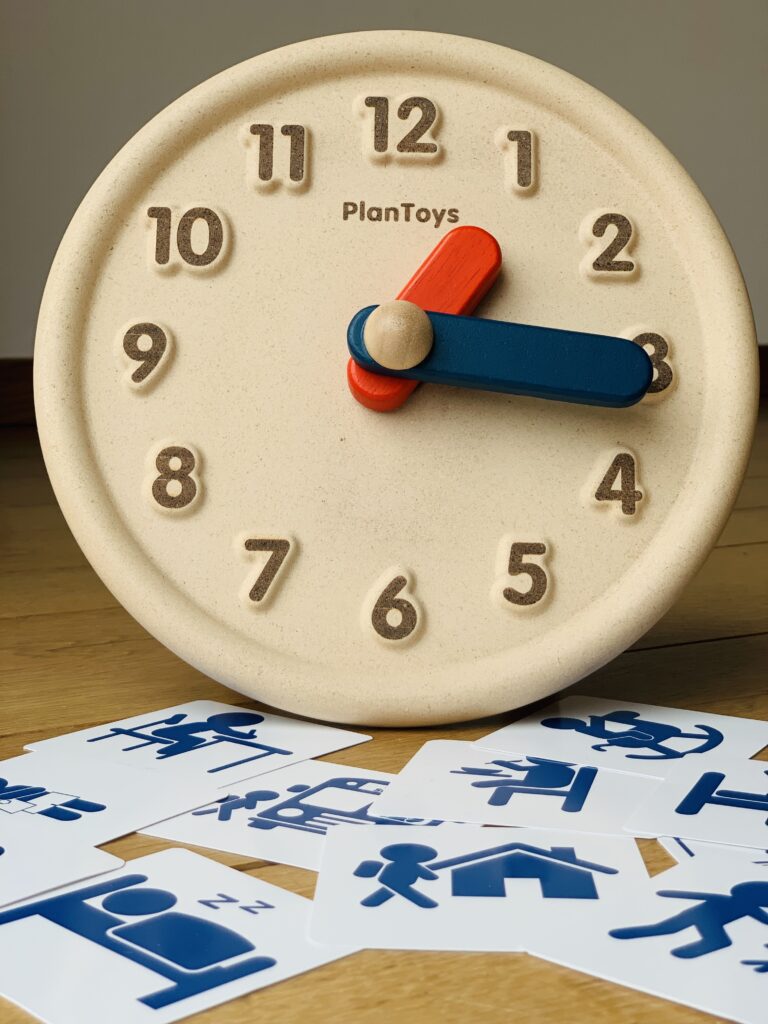
1. Limit the toys available for play
It’s actually pretty simple, fewer toys out = less to clean up. But why do we have so many toys out anyway? Research shows that when kids have less out to play with they are more creative with what they have They play for longer periods of time, and do not get bored of their toys because they are rotated. I’m not saying that your child’s play area/shelf should look like a minimalist “sad beige playroom on Pinterest (yes, there is actually a coined phrase now calling it a sad beige baby room)” you know the ones, with no color and only a few Montessori toys on a shelf. There is a balance to the right amount of toys that you should have out at any time and that works best for your family. Let’s avoid the sad beige baby room below. It’s great for Pinterest but bad for babies…
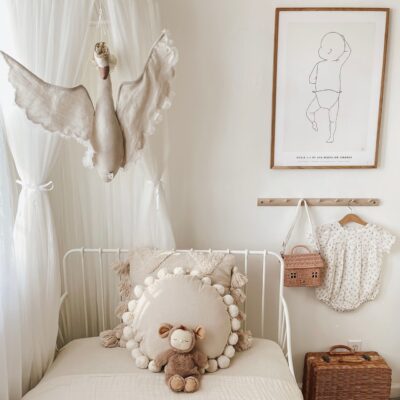
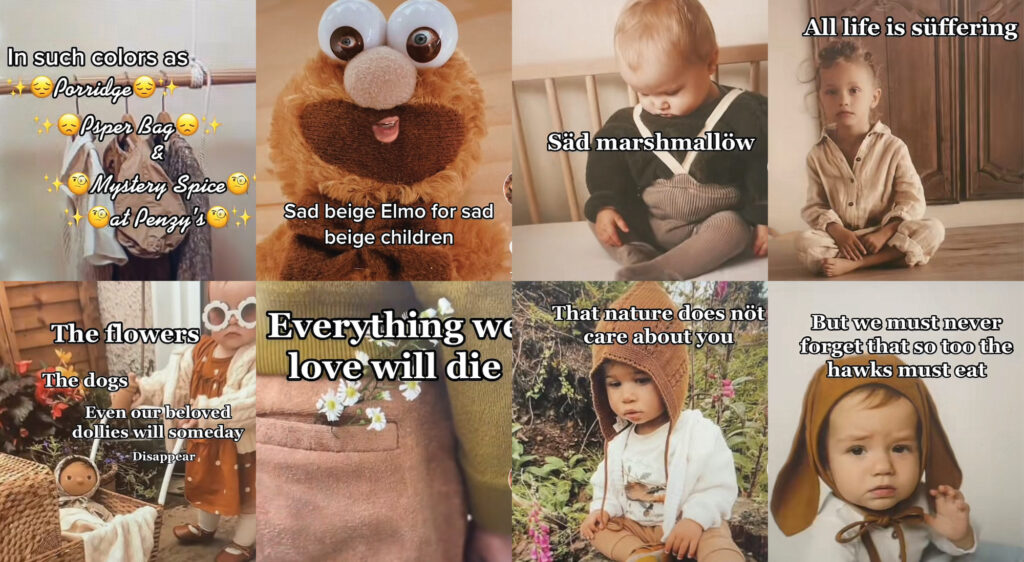
Families with multiple children will need more toys out at any time than if there is just one toddler. However, if you are spending more than 5 min at a time cleaning up the toys, then the culprit is that there are too many toys out at once. Most parents fear that their kids need all of their toys out in a big playroom so that their kids can be entertained and engaged by having the most toys possible. It is counterintuitive as this backfires on parents. Kids get overwhelmed and frustrated and do not play long with too many toy options.
They simply flutter from one toy to the next like a butterfly.
The second problem is that parents have to maintain the playroom by doing gigantic clean-ups after playing or they simply shut the door and do a big cleanup on the weekend which takes a huge chunk of time. You are not depriving your child by not giving them a playroom full of toys. Give them the gift of creativity, and yourself a sense of calmness by limiting the toys. In addition, even if you decide to have a playroom, kids love open spaces to create and move. So greatly reducing the toys in your playroom will give them the gift of space. If you’d like to read more on toy minimalism, check out my post here.
Tips for limiting toys
- Get rid of the playroom or greatly reduce its contents, and set up a play shelf, play corner with bins/baskets, or a cabinet.
- Be a toy minimalist, rotate toys in and out of play from storage.
- Your child has only so much time to play so choose to keep toys that have educational benefits and are of good quality.
- Focus on outdoor playtime/movement play which does not require any toys.
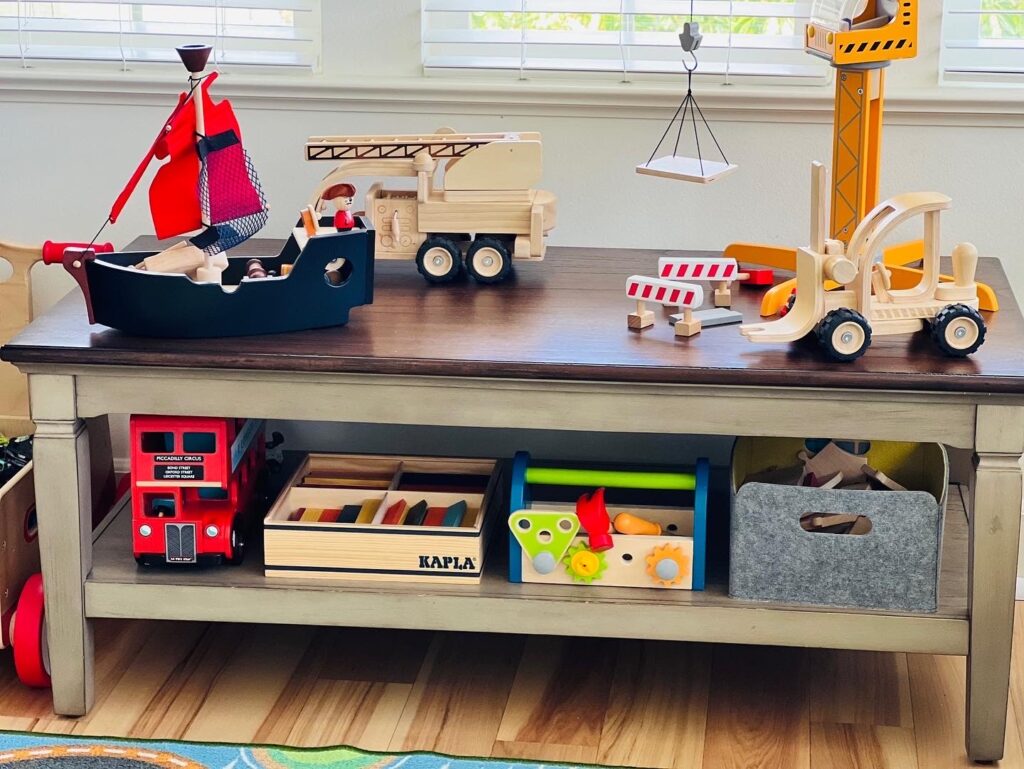
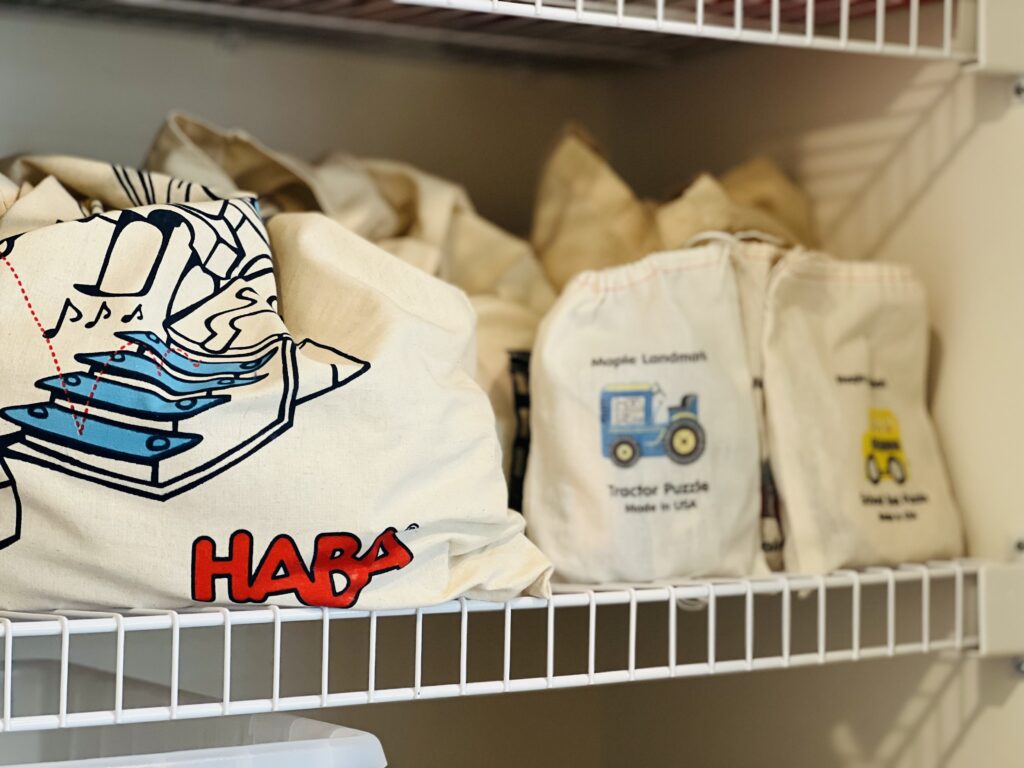
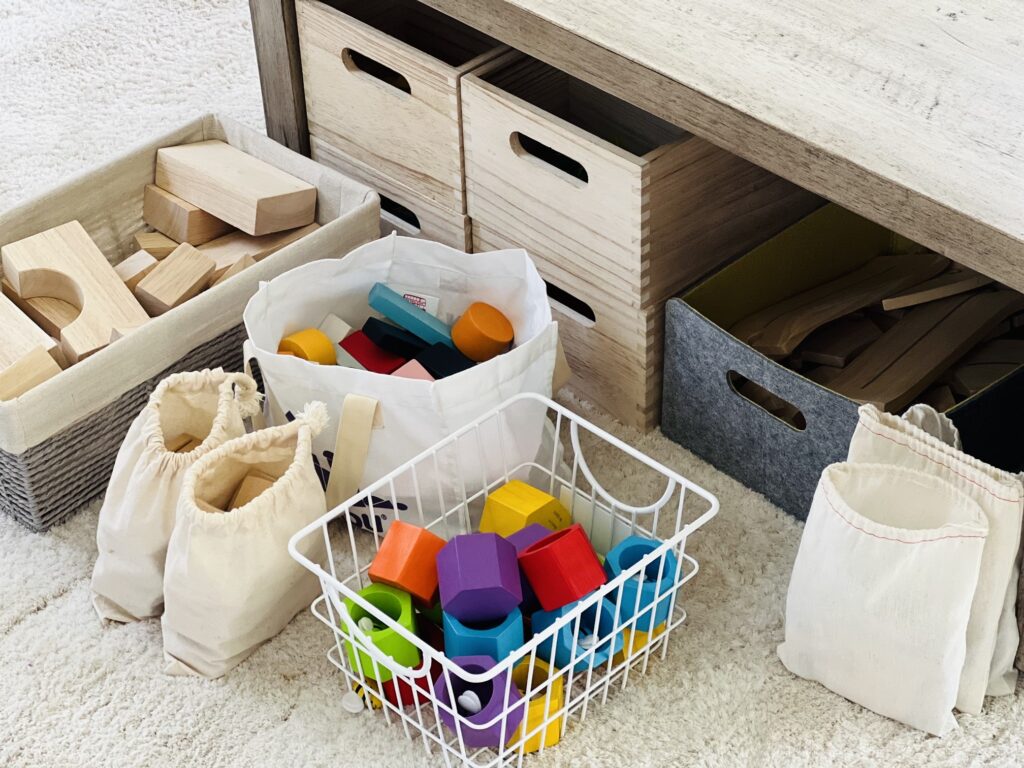
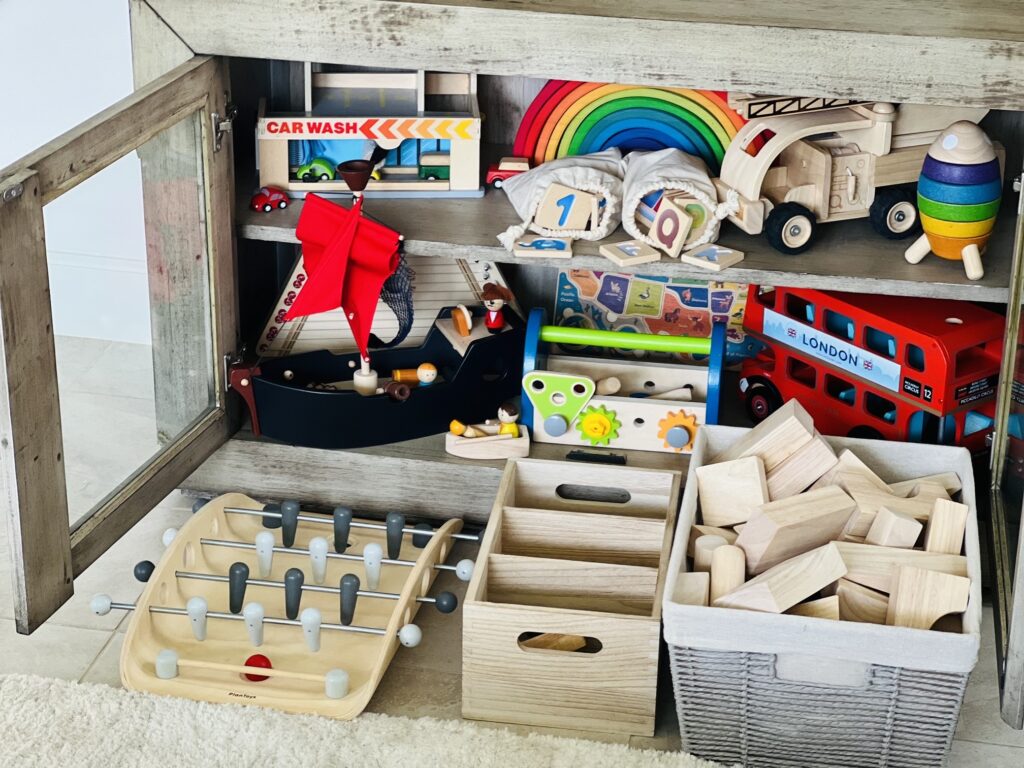
2. Re-distribute where the toys are in your house and rethink the big playroom
Kids do not need a playroom or large designated playspace especially when they are toddlers. Sometimes having a basket of toys in a couple of strategic locations in the house can give the parent more time to get a chore done while the toddler plays right there with them in that room. Toys can be easily rotated into these baskets for each area/room. Many parents do this with book baskets as well.
This also works for older children with different playsets that can be rotated into bins or baskets each week, it keeps them easy to set up and clean up by themselves. The more you empower your child to clean up and manage their own toys, the more confident they become. This in return gives you more time to get other things accomplished since you are not cleaning up as much. If you’d like to read more about toy rotation, read my post here.
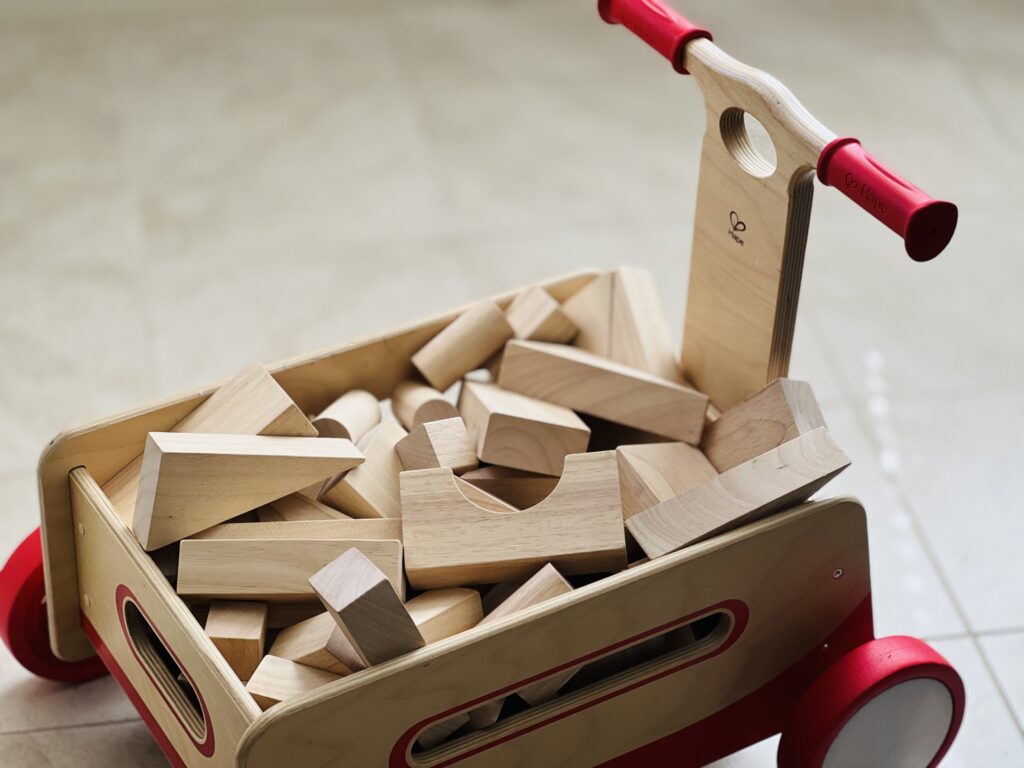
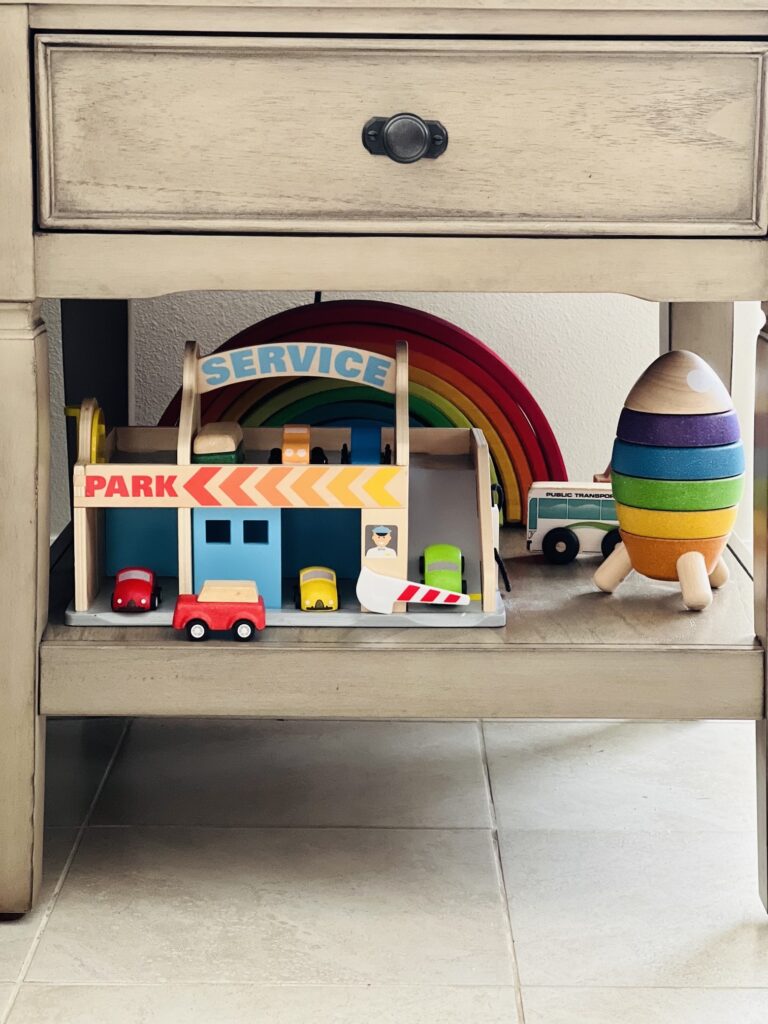
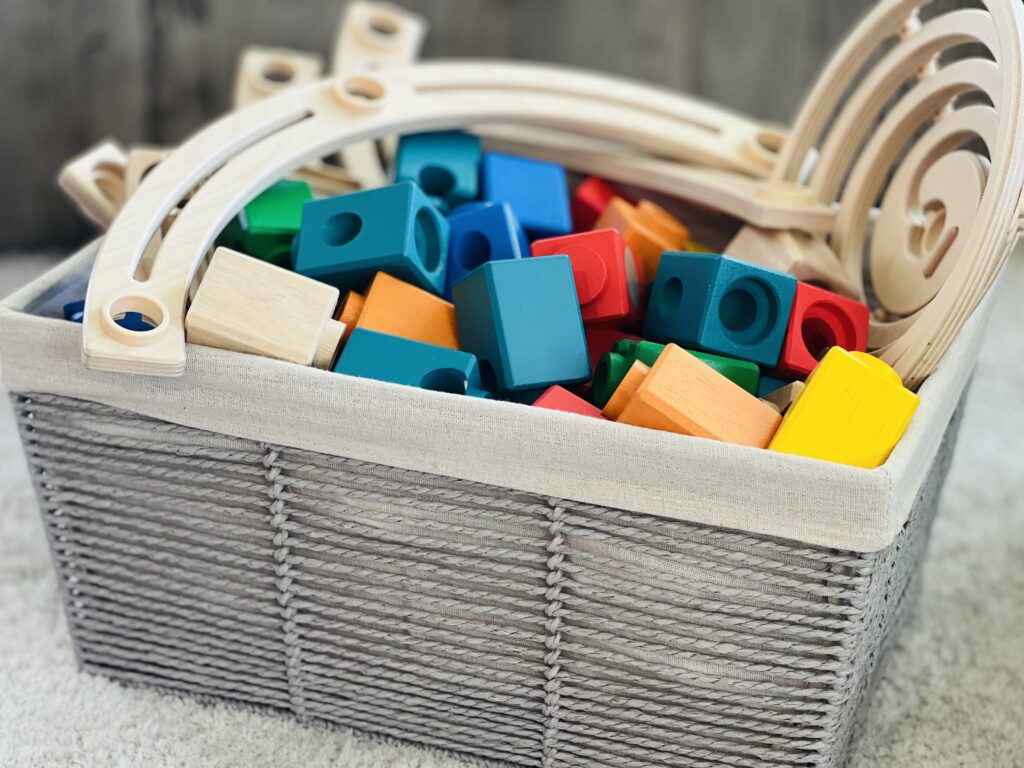
3. Make a clear home or space for the toys you have out for play
If you decide on a play shelf, cabinet, or play corner with bins, make labels with pictures to identify where toys go. Label bins or shelves with a picture instead of words so that even little ones can identify where each toy goes and can help with clean up. Don’t make too many bins and categories for you and your child to have to put toys away in the play space. Leave the toy organization and categories for the storage closet. Kids and parents get frustrated when there is too much to sort out after playing. Having fewer toys out, will benefit your child’s creativity and cut down on your clean-up time.
Your kids will be more inclined to clean up if it is easy and you set them up for success. Using the right containers for toys can also be key. Just be sure that the container you choose is safe for your little one when it’s out for play. If you’d like to read more on toy organization, read my post here.
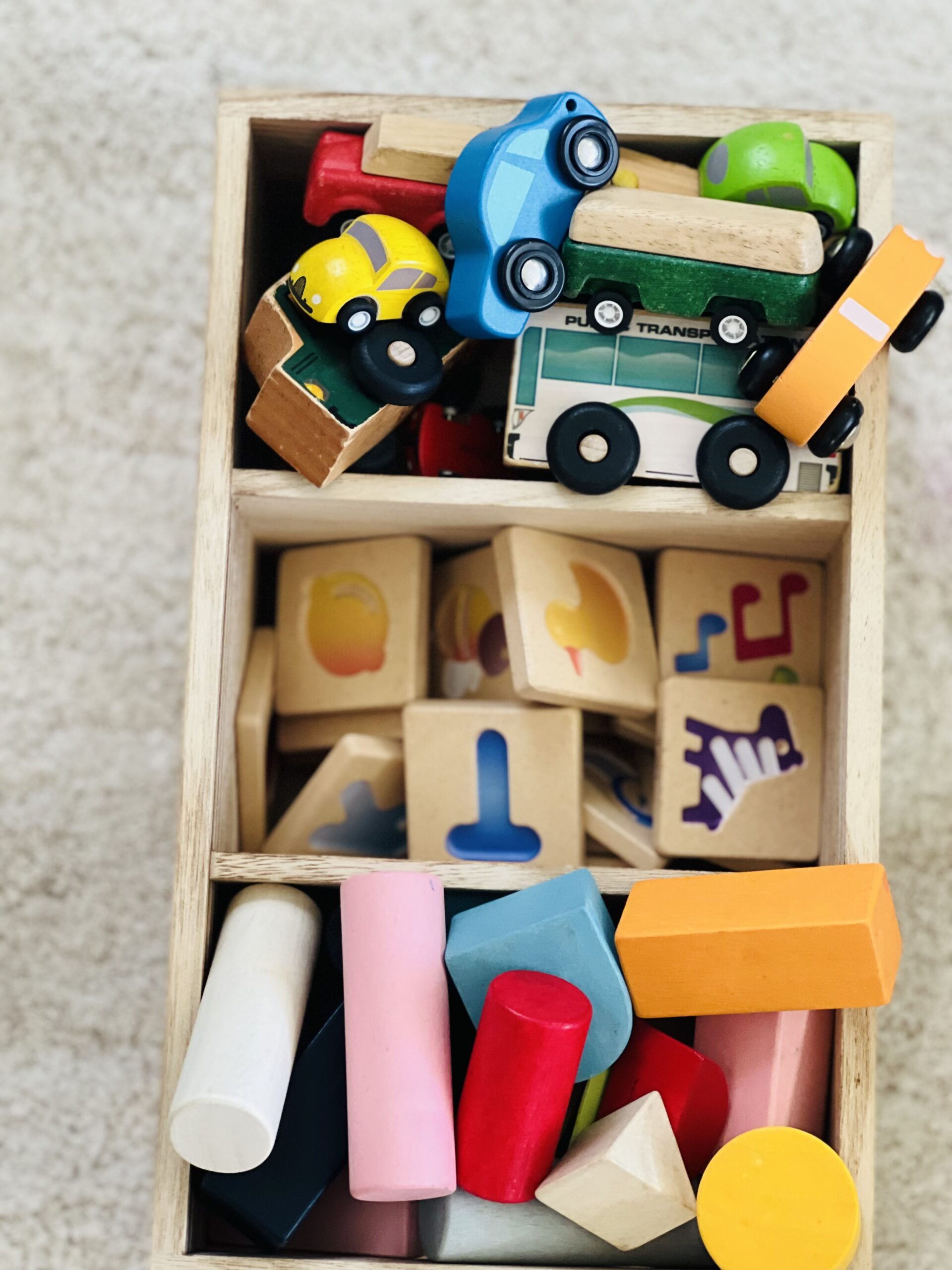
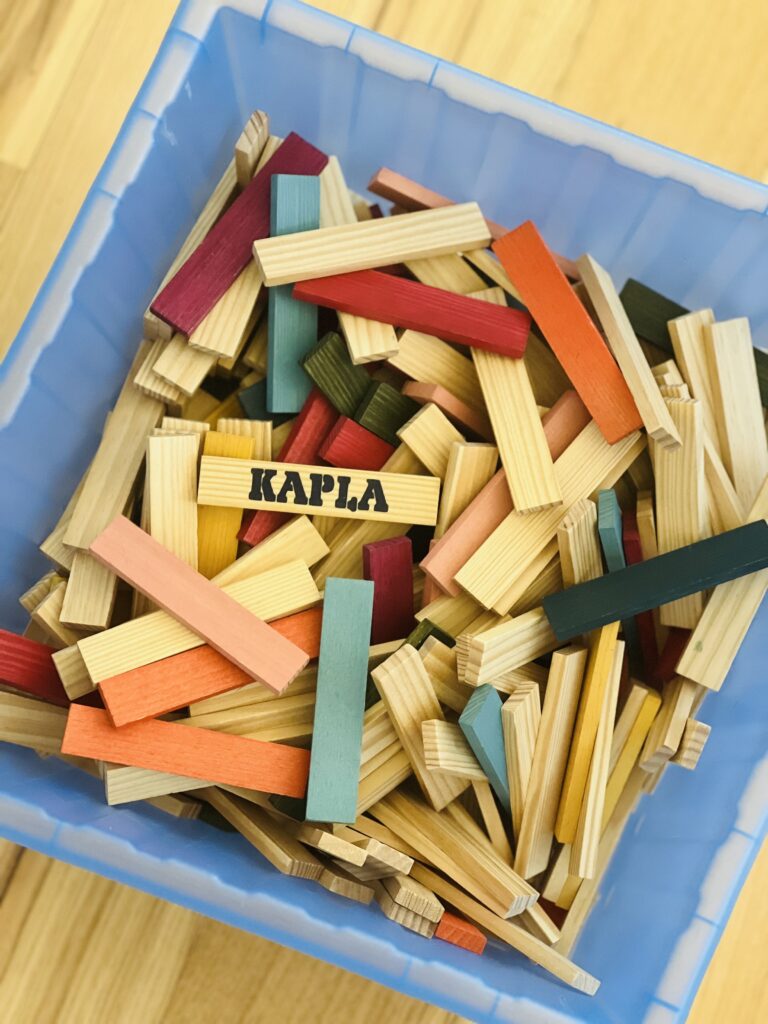
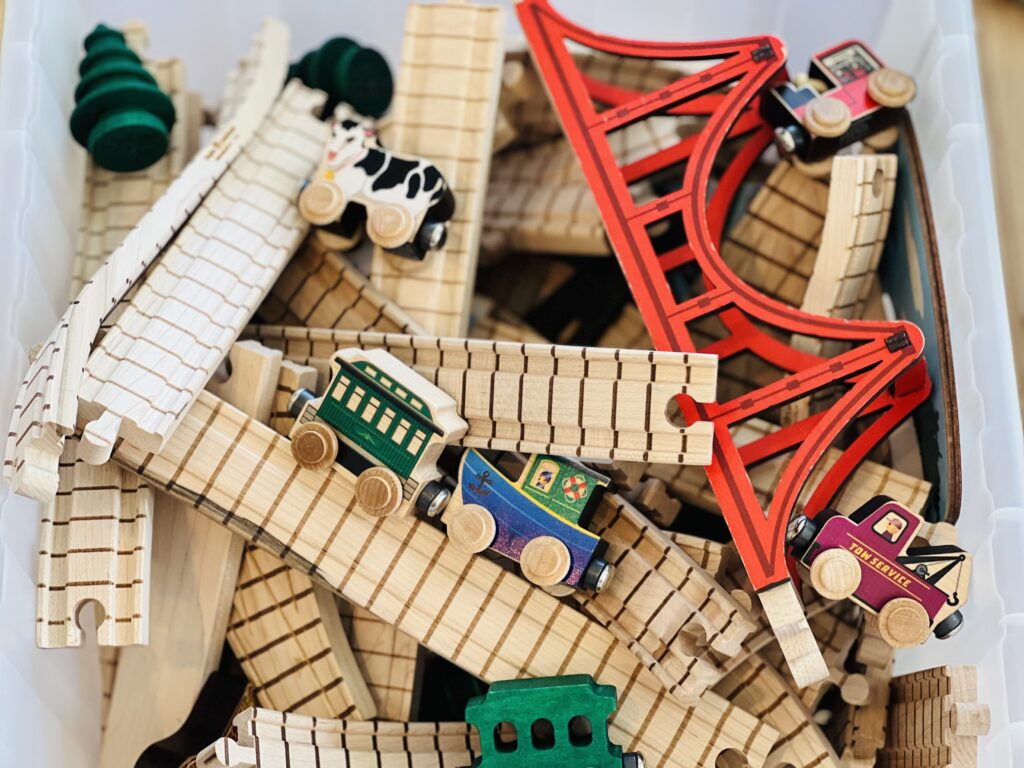
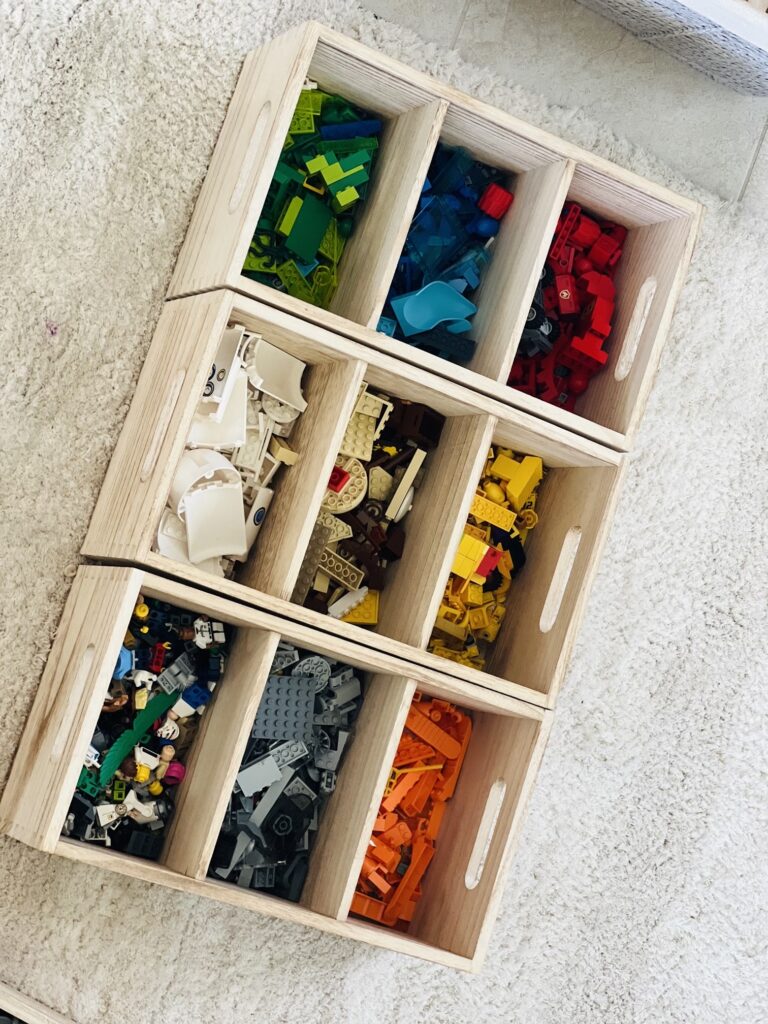
Tips for staying on top of the toy clutter
Take the time several times a year to go through all of the toys in the house, and ask yourself these questions whether to keep discard or donate each toy.
- Does this toy have educational benefits?
- Is it loved and played with often?
- Do I have too many of this type of toy?
- Are there better toys out there in this category that I’d like my child to learn from instead?
- Is this toy worth the space it takes up in my house for its play value?
- Is this toy age appropriate for learning?
- Is this a toy that will grow with my child?
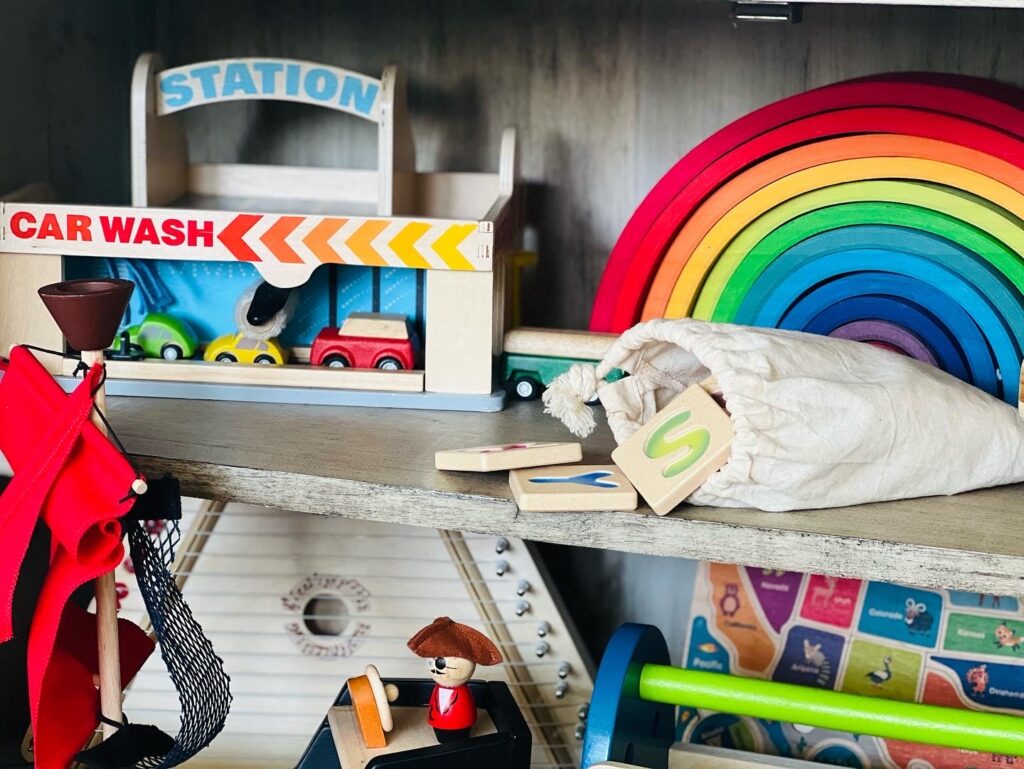
4. Start a pom pom rewards jar.
Have your child count each toy they pick up in 1 min or so and then that is the number of pom poms that they can add to the reward jar. When the jar is full, (keep it a small jar) they can choose a reward of your choice for helping to clean up. This teaches kids to manage their own stuff, and practice counting which will build their confidence. Kids love to feel a sense of accomplishment and small tasks that they can complete successfully helps them to feel empowered.

5. Set a timer to see how fast everyone can pick up the toys.
Sing the clean-up song or makeup one of your own songs to turn it into a game. A great way to get kids moving is to play music during clean up and tell them they have to dance while cleaning up. This is a silly challenge but makes cleaning up a happy and positive experience. Some kids do great with a scheduled cleaning time, for example, before lunch or nap, dinner, or bedtime. Also, if you tell your toddler, it’s time to put their toys to sleep or to put them in their homes they understand why it’s time to clean up.
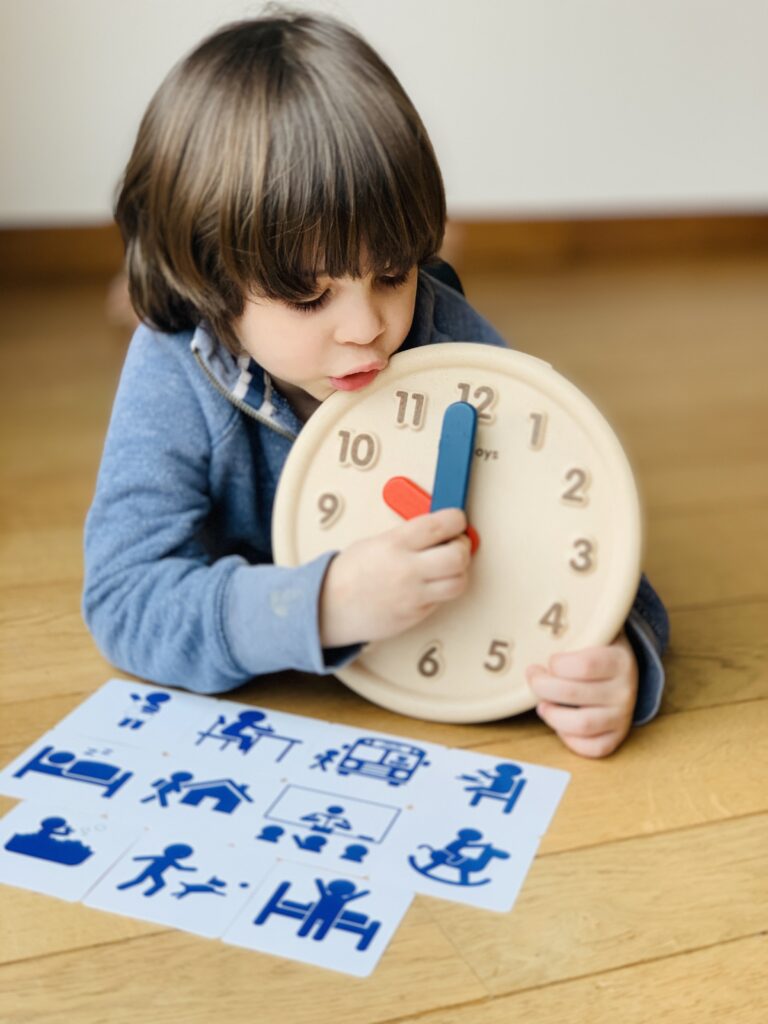
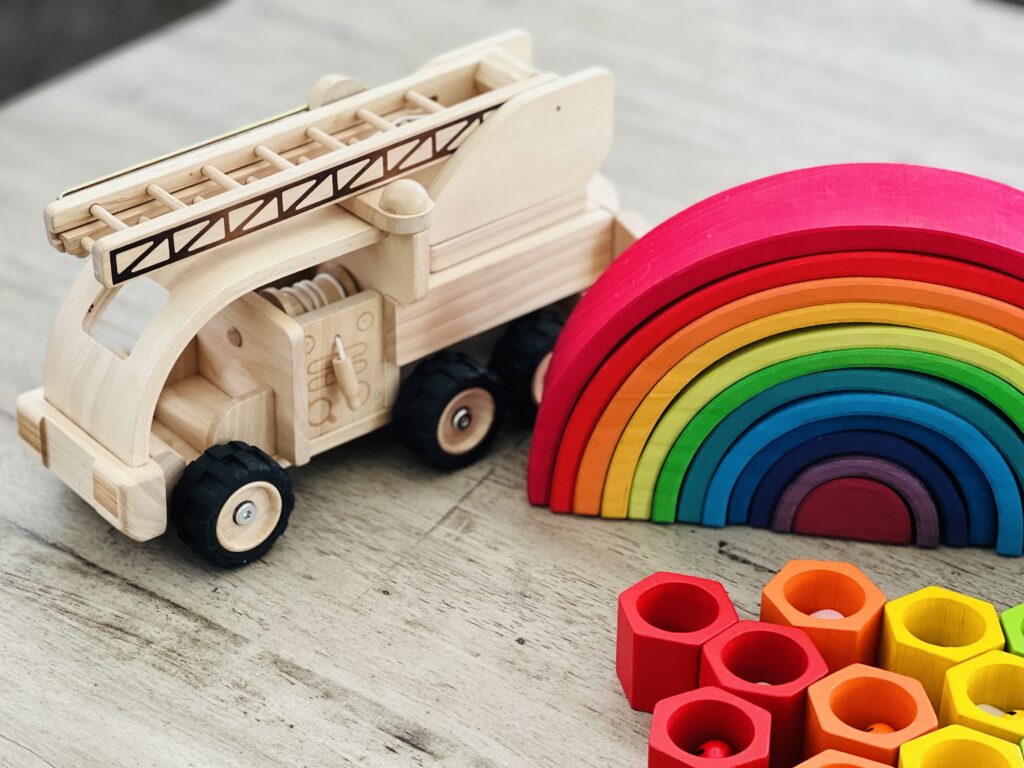
Final Thoughts on my 5 mom timesaving toy hacks
Too many parents focus on doing all of the cleanup themselves. Starting early with kids and teaching clean-up responsibility is key. The more that kids help out and at a younger age, the better chances they will help out with chores as they get older. When everyone helps out together, parents have more time and kids feel a sense of accomplishment which builds confidence. Looking at and evaluating the big picture as to why managing toys is taking up a lot of your time is key.
Considering better organization, toy rotation and minimalism are all great options to reduce clean-up times. Learning quick-fix time hacks makes things go faster for the adult but the goal here is to teach your child to help out. Teaching your child instead of just doing it quickly yourself will benefit everyone in the family in the long run. I hope you enjoyed this article on my 5 mom timesaving toy hacks to clean up toys. I am confident that the tips listed above will help your family in a positive way.

